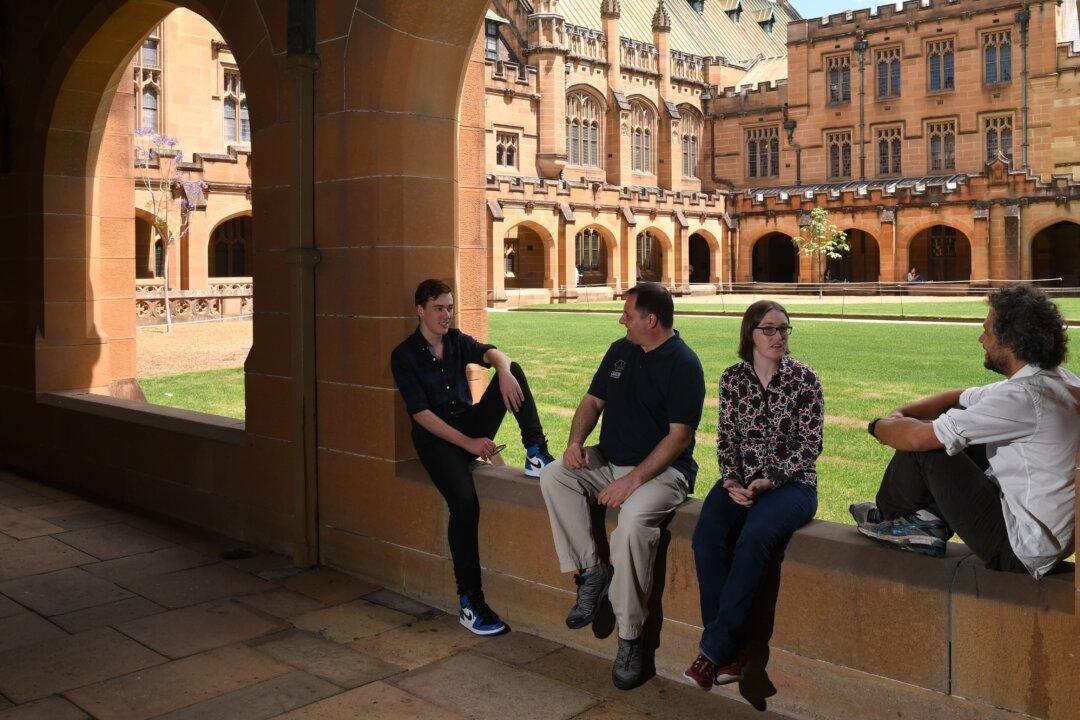Have you ever done something in your life so profound that it stayed with you? I’ve had a few of those experiences in my life, in the realm of Special Forces.
In 2009, we put together a program called Village Stability Operations. It was a special time because I had the opportunity to serve with men and women at both the highest level and most junior level, who were all committed to the same thing, which was stabilizing Afghanistan from the bottom up.
It was one of the few times in my military career where I saw true unity of effort. For a fleeting period of time, we really had momentum going our way. It involved one Afghan villager at a time, climbing up the ladder onto their house and defending their home; usually after a special forces detachment living in that village had been doing it night after night after night. Eventually, those individual rooftops would transform into a community movement to stand on their own and fight back.
These individual movements, up onto the Rooftop, resulted in the growth of 6 communities standing on their own to 113 communities standing on their own. From 75 farmers defending their homes across six villages to 30,000. It became a movement that was funded for $500 million by Congress, sanctioned by President Karzai, endorsed by President Obama, and integrated by General Petraeus as one of the pillars of the Afghan campaign. To this day, it’s still a strategic, historic program.
It was the action of those villagers climbing the rooftop that I found so striking and is the basis of what we can learn here, as leaders in our businesses and communities. We can learn to build movements where people take action, in a collective way, that they otherwise wouldn’t take in the face of high stakes, high risk, ambiguity, and complexity. We can lead people to take a stand, shoulder to shoulder, tipping the balance in a way that is representative of historical change.
Whether you’re doing this with a product, building a movement inside your school or inside the political system, creating a movement is something that leaders should always strive for.
Now I'll be straight with you, I have attempted a lot of movements in my life. Creating a movement of people who are often diverse, distrustful, disengaged, disconnected, and emotional, is fraught with difficulty. It’s difficult to get people to take action in a collective way. I have failed many more times than I have succeeded, but, the movements I have created have been prolific.
A movement is a group of people taking action, of their own free will, at a grassroots level, with several key leaders, in search of, and in pursuit of, a common unifying vision. And at some point, they achieve momentum and they overwhelm the system to create radical change. They disrupt the status quo in a beautiful groundswell.
As a leader, you are the catalyst who brokers, bridges, and creates connections so that your movement can start to build from the bottom up. There has to be a unifying vision that cuts through everyone’s differences and brings them together behind a common mission. This isn’t new. You, in fact, accomplish this through storytelling and other old-school interpersonal, human connection skills.
Beyond the unifying vision, there has to be a sense of deep connection. The people in a movement have to feel safe, and they have to feel connected to each other. Now what that means to you as a leader is that you have to reach beyond trust gaps. You have to be a leader who doesn’t get sucked into petty tensions, petty rivalries, or who is easily swayed into an emotional state.
You must be a leader who, above all else, bridges relationships and connections where others cannot. You have to be willing to stitch together different personalities, different backgrounds, different ethnicities, different wants and objectives under the catalyst of a common cause. It requires everything you’ve got.
And guess what? You’re not going to get any of the credit. If you’re truly a catalyst leader, you won’t get the credit for whatever movement you build. Rooftop leaders are often the catalysts behind the scenes building connections and bridging trust to create momentum, and that’s a powerful thing.
To build those connections within your movement, you have to tell the story of what you’re building and enlist the service of others by culminating that story with, “Help me build this movement. Here’s what it looks like for you as a hero in this story if you help me build it.”
Stories are about giving people hope and rallying them together to push toward a tipping point of change. This isn’t easy work and movements often fail. But let’s talk about what happens if we don’t.
Look at your kids who have no leadership right now, except you and me, and ask yourself, “Is it worth the price to stay in the bleachers and not lead the movements that need to be led?”
Take a look at your life and see which movement you want to create and then join us on the rooftop.
Scott Mann is a former Green Beret who specialized in unconventional, high-impact missions and relationship building. He is the founder of Rooftop Leadership and appears frequently on TV and many syndicated radio programs. For more information, visit RooftopLeadership.com





